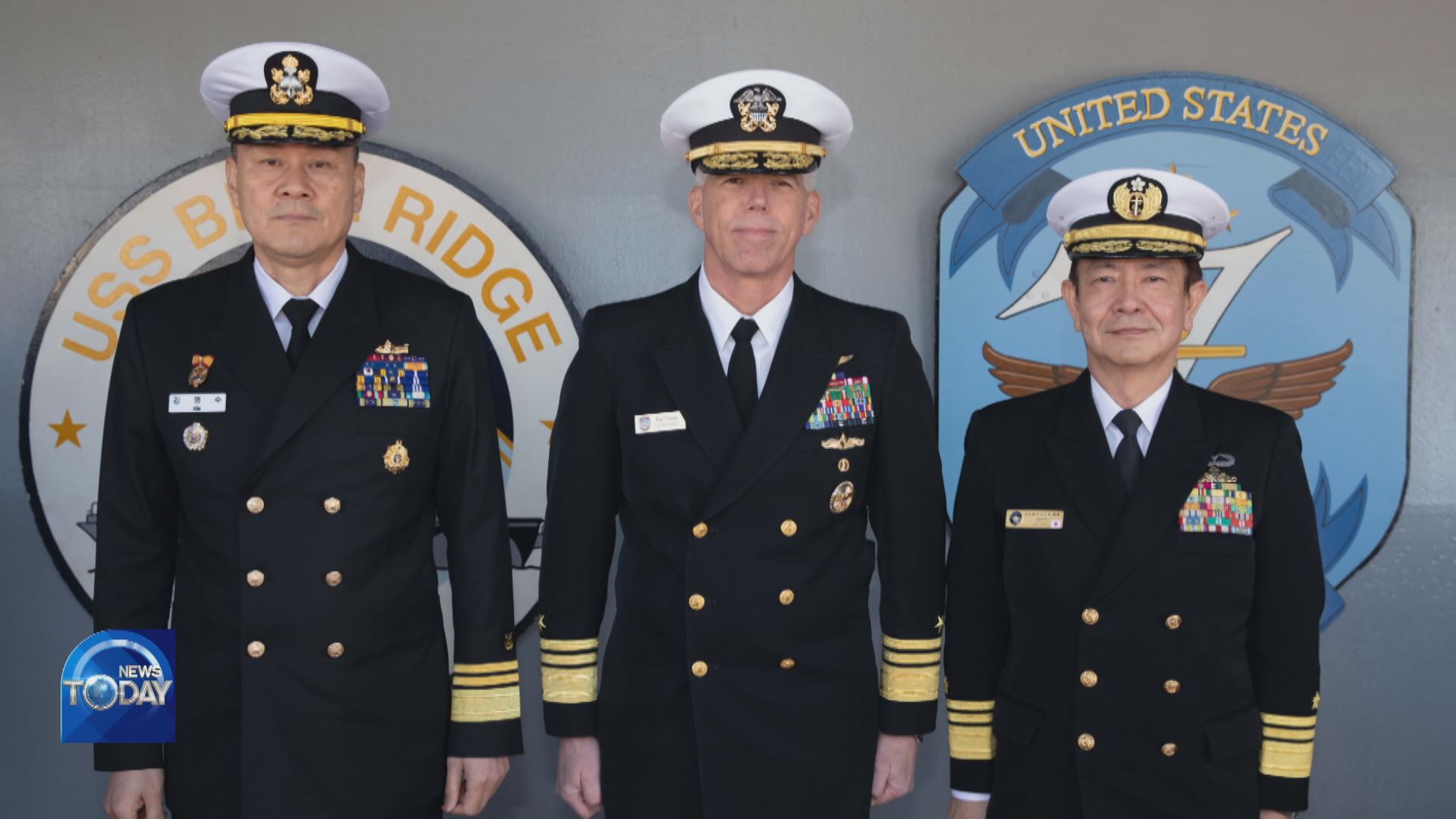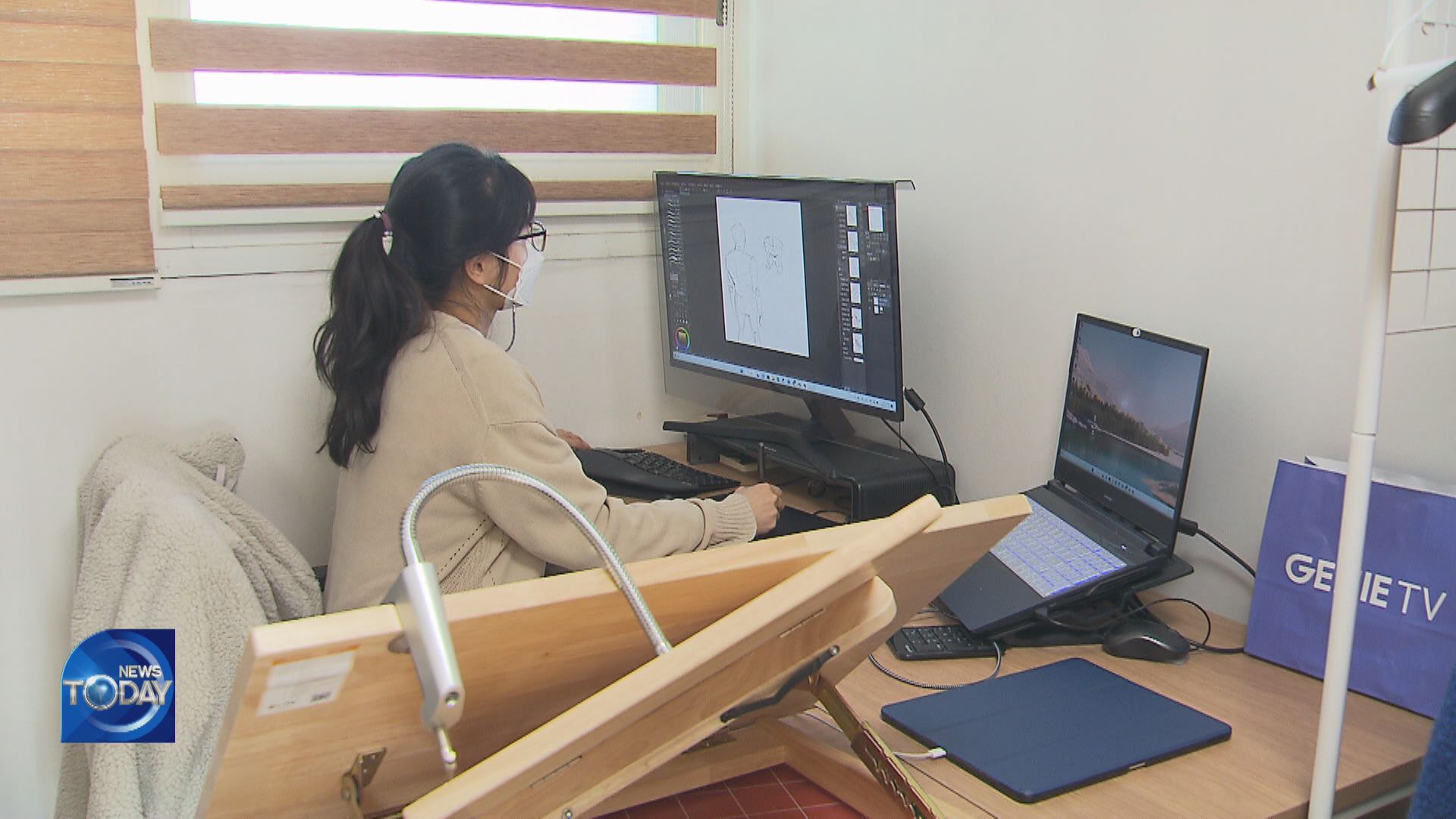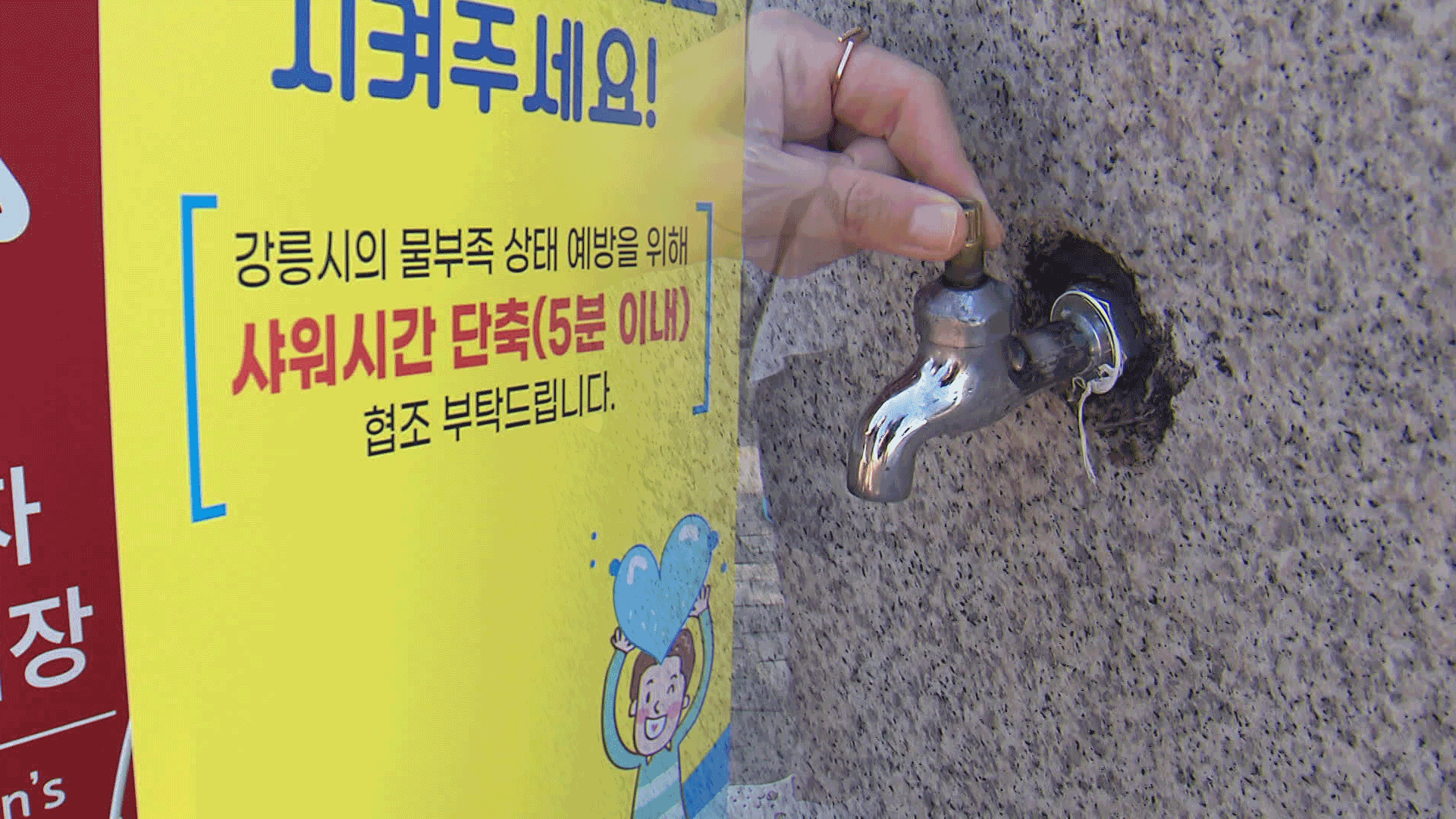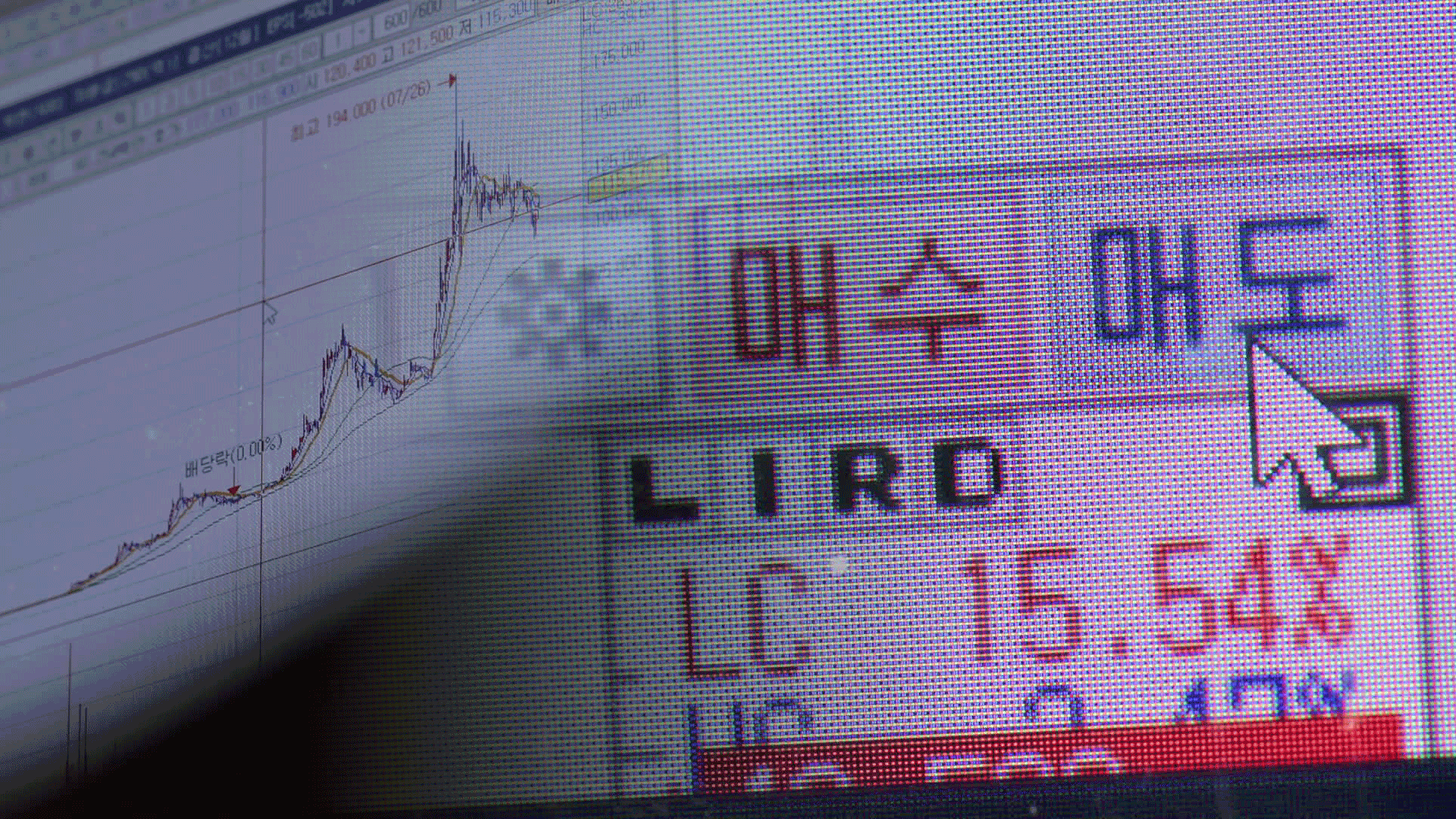TRILATERAL MISSILE DEFENSE DRILL HELD
입력 2023.02.23 (15:08)
수정 2023.02.23 (16:45)
읽어주기 기능은 크롬기반의
브라우저에서만 사용하실 수 있습니다.
[Anchor Lead]
South Korea, the U.S. and Japan held a missile defense exercise in open waters of the East Sea in response to North Korea's continued provocations. The exercise focused on detecting, tracing, and intercepting targets of virtual ballistic missiles.
[Pkg]
Aegis destroyers of South Korea, the U.S. and Japan cross international waters some 180km east of the Dokdo islets. South Korea sent the 7600-ton class King Sejong the Great destroyer, while the U.S. and Japan also deployed Aegis destroyers of a similar size. South Korea and Japan detected and traced the targets of virtual ballistic missiles fired by North Korea and delivered the results to the U.S. via the tactical data link. The United States shared the analyzed data with South Korea and Japan, and intercepted the computer-simulated targets. The Joint Chiefs of Staff said Korea and Japan did not share information directly. The drills began at 9 a.m. and lasted five hours. The missile defense drills come four months after the previous exercise held last October. A JCS official said more similar international drills are to be scheduled going forward.
[Soundbite] Lee Sung-jun(Joint Chiefs of Staff) : "Through this missile defense exercise, S. Korea, U.S. and Japan bolstered their nat’l security cooperation and response systems."
The South Korean, U.S. and Japanese navies also held a meeting of their commanders at the U.S. 7th Fleet Command in Yokosuka, Japan. The commanders discussed the trilateral military exercise and ways to share information. The drill and the commanders' meeting were organized in response to Pyongyang's continuous provocations, including the firing of the Hwasong-15 missile on Feb. 18. Kim Yo-jong, the powerful sister of the North Korean leader, recently stated, Pyongyang is closely watching its enemy's every move and vowed to carry out an overwhelming response. The North could stage more provocations in response to the joint military drill. The U.S. Indo-Pacific Command triggered criticism for marking the location of the exercise as "the Sea of Japan." It also did so back in October, but changed the name to "waters between South Korea and Japan" after Korea expressed protest.
South Korea, the U.S. and Japan held a missile defense exercise in open waters of the East Sea in response to North Korea's continued provocations. The exercise focused on detecting, tracing, and intercepting targets of virtual ballistic missiles.
[Pkg]
Aegis destroyers of South Korea, the U.S. and Japan cross international waters some 180km east of the Dokdo islets. South Korea sent the 7600-ton class King Sejong the Great destroyer, while the U.S. and Japan also deployed Aegis destroyers of a similar size. South Korea and Japan detected and traced the targets of virtual ballistic missiles fired by North Korea and delivered the results to the U.S. via the tactical data link. The United States shared the analyzed data with South Korea and Japan, and intercepted the computer-simulated targets. The Joint Chiefs of Staff said Korea and Japan did not share information directly. The drills began at 9 a.m. and lasted five hours. The missile defense drills come four months after the previous exercise held last October. A JCS official said more similar international drills are to be scheduled going forward.
[Soundbite] Lee Sung-jun(Joint Chiefs of Staff) : "Through this missile defense exercise, S. Korea, U.S. and Japan bolstered their nat’l security cooperation and response systems."
The South Korean, U.S. and Japanese navies also held a meeting of their commanders at the U.S. 7th Fleet Command in Yokosuka, Japan. The commanders discussed the trilateral military exercise and ways to share information. The drill and the commanders' meeting were organized in response to Pyongyang's continuous provocations, including the firing of the Hwasong-15 missile on Feb. 18. Kim Yo-jong, the powerful sister of the North Korean leader, recently stated, Pyongyang is closely watching its enemy's every move and vowed to carry out an overwhelming response. The North could stage more provocations in response to the joint military drill. The U.S. Indo-Pacific Command triggered criticism for marking the location of the exercise as "the Sea of Japan." It also did so back in October, but changed the name to "waters between South Korea and Japan" after Korea expressed protest.
■ 제보하기
▷ 카카오톡 : 'KBS제보' 검색, 채널 추가
▷ 전화 : 02-781-1234, 4444
▷ 이메일 : kbs1234@kbs.co.kr
▷ 유튜브, 네이버, 카카오에서도 KBS뉴스를 구독해주세요!
- TRILATERAL MISSILE DEFENSE DRILL HELD
-
- 입력 2023-02-23 15:08:33
- 수정2023-02-23 16:45:06

[Anchor Lead]
South Korea, the U.S. and Japan held a missile defense exercise in open waters of the East Sea in response to North Korea's continued provocations. The exercise focused on detecting, tracing, and intercepting targets of virtual ballistic missiles.
[Pkg]
Aegis destroyers of South Korea, the U.S. and Japan cross international waters some 180km east of the Dokdo islets. South Korea sent the 7600-ton class King Sejong the Great destroyer, while the U.S. and Japan also deployed Aegis destroyers of a similar size. South Korea and Japan detected and traced the targets of virtual ballistic missiles fired by North Korea and delivered the results to the U.S. via the tactical data link. The United States shared the analyzed data with South Korea and Japan, and intercepted the computer-simulated targets. The Joint Chiefs of Staff said Korea and Japan did not share information directly. The drills began at 9 a.m. and lasted five hours. The missile defense drills come four months after the previous exercise held last October. A JCS official said more similar international drills are to be scheduled going forward.
[Soundbite] Lee Sung-jun(Joint Chiefs of Staff) : "Through this missile defense exercise, S. Korea, U.S. and Japan bolstered their nat’l security cooperation and response systems."
The South Korean, U.S. and Japanese navies also held a meeting of their commanders at the U.S. 7th Fleet Command in Yokosuka, Japan. The commanders discussed the trilateral military exercise and ways to share information. The drill and the commanders' meeting were organized in response to Pyongyang's continuous provocations, including the firing of the Hwasong-15 missile on Feb. 18. Kim Yo-jong, the powerful sister of the North Korean leader, recently stated, Pyongyang is closely watching its enemy's every move and vowed to carry out an overwhelming response. The North could stage more provocations in response to the joint military drill. The U.S. Indo-Pacific Command triggered criticism for marking the location of the exercise as "the Sea of Japan." It also did so back in October, but changed the name to "waters between South Korea and Japan" after Korea expressed protest.
South Korea, the U.S. and Japan held a missile defense exercise in open waters of the East Sea in response to North Korea's continued provocations. The exercise focused on detecting, tracing, and intercepting targets of virtual ballistic missiles.
[Pkg]
Aegis destroyers of South Korea, the U.S. and Japan cross international waters some 180km east of the Dokdo islets. South Korea sent the 7600-ton class King Sejong the Great destroyer, while the U.S. and Japan also deployed Aegis destroyers of a similar size. South Korea and Japan detected and traced the targets of virtual ballistic missiles fired by North Korea and delivered the results to the U.S. via the tactical data link. The United States shared the analyzed data with South Korea and Japan, and intercepted the computer-simulated targets. The Joint Chiefs of Staff said Korea and Japan did not share information directly. The drills began at 9 a.m. and lasted five hours. The missile defense drills come four months after the previous exercise held last October. A JCS official said more similar international drills are to be scheduled going forward.
[Soundbite] Lee Sung-jun(Joint Chiefs of Staff) : "Through this missile defense exercise, S. Korea, U.S. and Japan bolstered their nat’l security cooperation and response systems."
The South Korean, U.S. and Japanese navies also held a meeting of their commanders at the U.S. 7th Fleet Command in Yokosuka, Japan. The commanders discussed the trilateral military exercise and ways to share information. The drill and the commanders' meeting were organized in response to Pyongyang's continuous provocations, including the firing of the Hwasong-15 missile on Feb. 18. Kim Yo-jong, the powerful sister of the North Korean leader, recently stated, Pyongyang is closely watching its enemy's every move and vowed to carry out an overwhelming response. The North could stage more provocations in response to the joint military drill. The U.S. Indo-Pacific Command triggered criticism for marking the location of the exercise as "the Sea of Japan." It also did so back in October, but changed the name to "waters between South Korea and Japan" after Korea expressed protest.
이 기사가 좋으셨다면
-
좋아요
0
-
응원해요
0
-
후속 원해요
0












![[속보] ‘건진법사 목걸이 청탁’ 통일교 전 간부 구속](/data/news/2025/07/30/20250730_3xkhiT.jpg)




이 기사에 대한 의견을 남겨주세요.